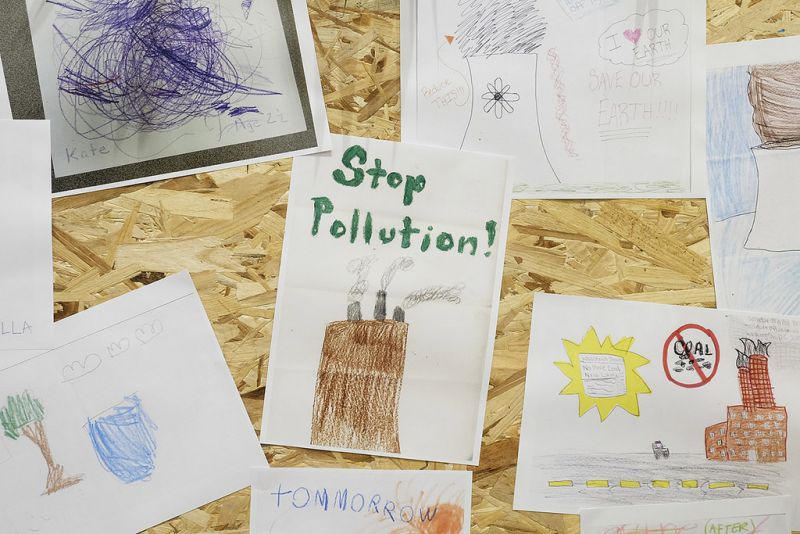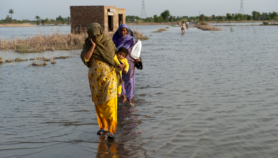By: Athar Parvaiz
Send to a friend
The details you provide on this page will not be used to send unsolicited email, and will not be sold to a 3rd party. See privacy policy.
Technical approaches to lowering greenhouse gas emissions and preparing for climate change remain poorly understood by many developing countries, a report launched at the COP 21 summit warns.
The study looked at the national targets, designed to cut emissions and boost mitigation of climate change effects, that most countries submitted in preparation for the UN summit in Paris, France. It found that most countries seemed unaware of the steps needed to adapt to climate change.
As a result, the success of the targets, called intended nationally determined contributions (INDCs), depends heavily on building the technical capacity among developing countries to do so, the report’s authors said at the launch event.
“Less than half of countries reported a strong understanding of technical mitigation options during the survey.”
Niklas Höhne, NewClimate Institute
The study quizzed representatives of 52 countries who submitted INDCs before COP 21. The UN has so far received 158 submissions.
“Less than half of countries reported a strong understanding of technical mitigation options during the survey,” said joint author Niklas Höhne, a founder of German think-tank the NewClimate Institute, who presented the study on 8 December.
The study found that policymakers in developing countries have a good grasp of what climate change is and how it will impact them, but they lack information on how to create the capacity to bring in helpful new technologies.
Ritu Mathur, an energy and environment researcherat India’s Energy and Resources Institute, told SciDev.Net that innovations and technologies will be crucial for implementing the INDCs of developing countries.
“There are a number of sectors where easy and cheap solutions are needed for making technologies accessible to the people so that they are used at a mass scale,” Mathur said. For example, she described how an innovative financing mechanism coupled with technological advances cut the price of a low-emission lamp in India to a fifth of its level two years ago.
Mathur added that innovation and technology exchange with developed nations is crucial for India as half the energy infrastructure needed to achieve the country’s INDCs still needs to be build.
But Höhne said even the process of completing INDCs had led many countries to rethink their approach to climate and energy technology.
“In some countries, such as Indonesia, Liberia and Sierra Leone, it reinforced and provided renewed impetus for previously developed strategies and commitments,” he said.
This article was originally published on SciDev.Net’s Global Edition.
References
Preparation of intended nationally determined contributions (INDCs) as a catalyst for national climate action (International Partnership on Mitigation and MRV, November 2015)














